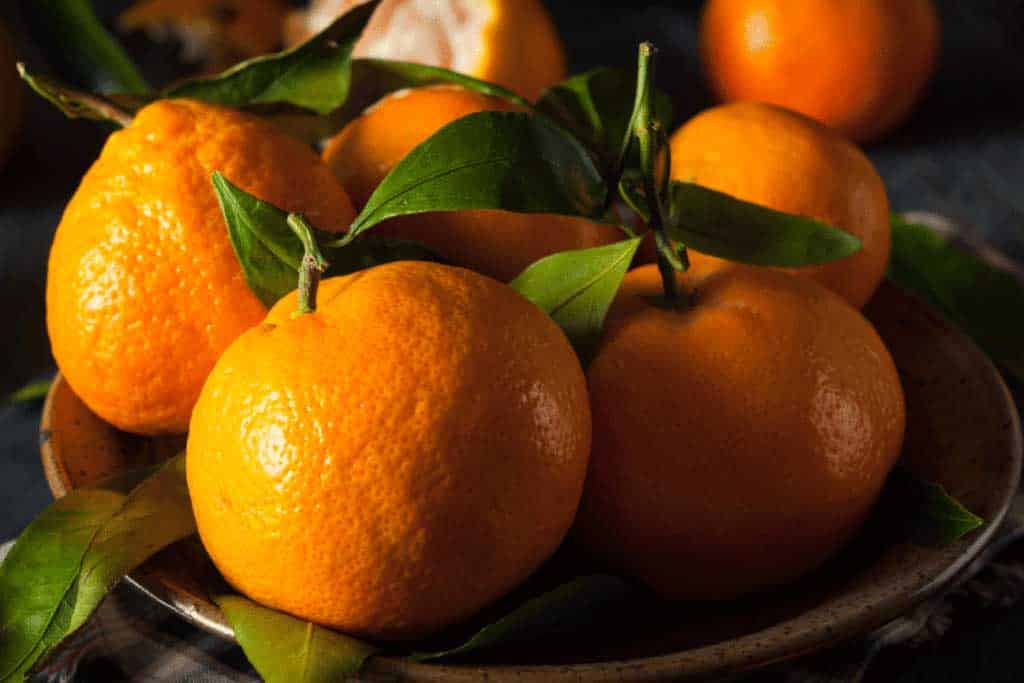[et_pb_section fb_built=”1″ _builder_version=”4.2″][et_pb_row _builder_version=”4.2″ custom_padding=”|||0px||” link_option_url=”http://52.11.233.165/market-report/”][et_pb_column type=”4_4″ _builder_version=”4.2″][et_pb_text _builder_version=”4.2″]
Westlake Weekly Update 3.07.21
Featured Item: Hot Peppers
We all like a little spice in our life…some even like it real spicy! The good news is there are over 150 hot peppers, and each one has a unique flavor and level of heat, to suit just about every taste! Peppers are judged on their spiciness on the Scoville scale or Scoville units. The heat unit is a measurement of how hot the pepper is. The higher the number, the hotter the pepper. Believe us, it’s gonna get hot!
Let’s begin with the mild bell pepper. This widely known and used pepper is available in a variety of colors, and is known as a sweet pepper. They totally lack capsaicin, which is the chemical that causes the heat. Although they are not hot, they do add wonderful flavor and color to your dishes! View it as a beginner pepper, something to build on.
Jumping up the scale slightly, is the poblano pepper. They are very similar to the bell, but with a little heat. They stay relatively mild when they are green, but jump up to about 2,500 SHU once they ripen to red. It’s a good pepper to use when you’re looking for a little spice.
The next level up is the ever popular jalapeno. It is widely known and used frequently. It measures anywhere between 2,500 to 10,000 Scoville units. Unlike the poblano, the red jalapeno is slightly milder than the green.
If you’re ready for it, the smaller relative to the jalapeno is the serrano. These are also available most everywhere peppers are sold and start at 10,000 SHU. Don’t let its small size fool you, they pack a lot of capsaicin. They vary in color as well, from yellow, green, orange, to red and even brown!
It’s getting hot in here! This brings us to the habanero, which has gained popularity in recent years as the hot pepper to eat. They jump up the scale to 100,000 to 350,00 SHU, so yes it is H-O-T! They are typically used for sauces and come in a beautiful orange or red color. Their capsaicin content is a natural anti-inflammatory. So if you’re man enough, or a woman, go for it fresh!
Which brings us to the hottest pepper on record. Literally recorded as the hottest pepper by the Guinness World Records in 2013, I present the Carolina Reaper. This pepper measures anywhere from 1,500,000 to over 2,000,000 on the scoville scale. Now here’s where we put in our warning label, “Eat at your own risk. Westlake takes no responsibility for your actions or consequences if you decide to eat a Carolina Reaper.” All joking aside, this pepper is no joke!
The ugly Carolina Reaper pepper is a mean … small, bright red, and wrinkly, this hybrid developed by Ed Currie of South Carolina is bred to be hot! Here’s what I can tell you about the Carolina Reaper, don’t be fooled. Many brave souls have taken a bite off the tip and thought, “it’s not THAT hot.” Only to pop the rest of the pepper in their mouths, and find themselves in the emergency room! Note, the tip is mild. It’s the vein, not the seeds in this pepper that packs the knockout.
Let’s just say, buyer beware if you happen to pick some of these peppers up!
[/et_pb_text][/et_pb_column][/et_pb_row][/et_pb_section]

